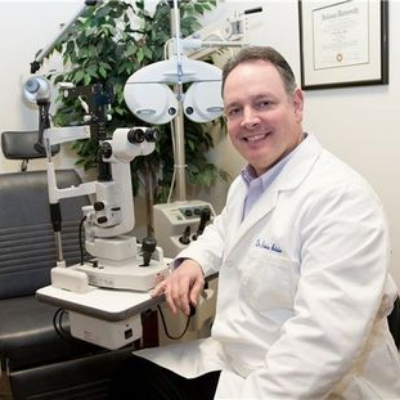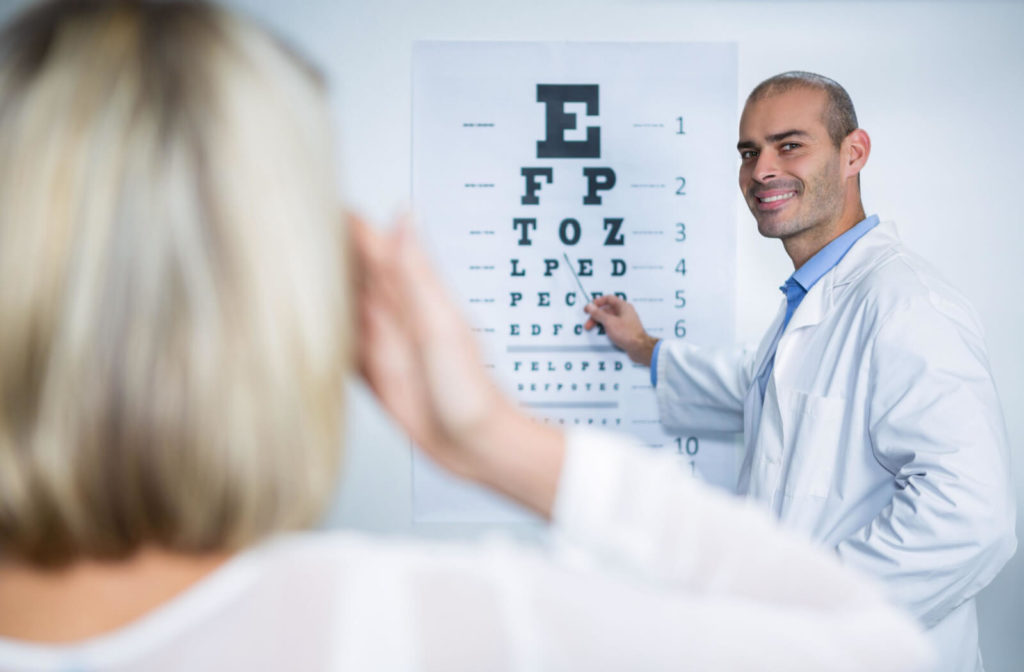Why Choosing an Eye Doctor Optometrist is Necessary for Your Eyes
Why Choosing an Eye Doctor Optometrist is Necessary for Your Eyes
Blog Article
Checking Out the current Technical Advancements in Optometry and What They Mean for Eye Doctors
In the ever-evolving area of optometry, recent technological advancements are reshaping how professionals come close to eye treatment. From the accuracy of Optical Coherence Tomography to the nuanced understandings supplied by AI-driven diagnostic tools, these developments are establishing new requirements in individual evaluation and therapy. Teleoptometry is poised to redefine accessibility, guaranteeing that proficiency goes beyond geographical limitations. As these developments penetrate the technique, optometrists are encountered with the difficulty of embracing these tools to enhance client end results. Yet, the question continues to be: how will these technical changes redefine the roles and duties within the profession?
Developments in Diagnostic Devices
Advancing the area of optometry, advancements in analysis devices have actually revolutionized the method eye treatment experts evaluate and diagnose visual impairments and ocular problems. The previous decade has experienced considerable technological developments, making it possible for even more comprehensive and precise evaluations.
An additional key innovation is the introduction of sophisticated corneal topography systems, which map the surface area curvature of the cornea with precision. These tools are particularly helpful for fitting call lenses and detecting corneal problems. Additionally, electronic retinal imaging has changed conventional ophthalmoscopy, offering comprehensive, breathtaking sights of the retina that assist in comprehensive aesthetic exams.
The development of wavefront aberrometry has additionally been essential, making it possible for the analysis of refractive errors with unparalleled accuracy (Eye Doctor Optometrist). This innovation helps in personalizing rehabilitative lenses and boosting surgical outcomes for refractive surgeries. Collectively, these diagnostic improvements encourage optometrists to deliver exceptional client care, making certain very early intervention and customized therapy strategies, ultimately improving aesthetic wellness end results
AI in Patient Monitoring
Building on the foundation of innovative diagnostic devices, the incorporation of expert system (AI) in patient management represents a transformative leap for optometry. AI systems are progressively utilized to enhance effectiveness, precision, and personalization in person treatment. By assessing huge amounts of information, AI can determine patterns and forecast prospective ocular problems, allowing eye doctors to customize interventions better. This capacity is critical in handling chronic eye diseases such as glaucoma and diabetic person retinopathy, where early discovery and continuous monitoring are vital.
Moreover, AI-driven systems assist in structured individual interactions and administrative procedures. Automated scheduling, online consultations, and individualized follow-up plans not only boost client fulfillment but likewise maximize time administration for specialists. These systems can triage people based on the urgency of their conditions, making certain that those in essential requirement receive punctual attention.
Moreover, AI boosts decision-making by supplying eye doctors with evidence-based recommendations and treatment pathways. By incorporating information from digital health records, AI devices offer insights that notify clinical decisions, reducing the risk of mistakes and improving individual end results. As AI remains to progress, its duty in client administration will likely broaden, improving the landscape of optometric treatment.
Advancements in Retinal Imaging
In the realm of optometry, retinal imaging has actually observed remarkable technological improvements that are boosting analysis capacities and patient care. Technologies such as Optical Comprehensibility Tomography (OCT) and fundus digital photography have actually revolutionized just how eye doctors assess the retina and picture. OCT, specifically, gives high-resolution, cross-sectional photos of the retina, enabling for the detailed examination of its layers. This capability is important for early detection and administration of conditions like glaucoma, diabetic retinopathy, and age-related macular deterioration.
Enhanced imaging methods like OCT angiography are additional refining analysis precision. Eye Doctor Optometrist. Such advancements promote the identification of minute retinal changes that could signify disease progression.
Moreover, advancements in artificial intelligence are enhancing retinal imaging by enabling automatic evaluation of big datasets. These systems aid optometrists in determining patterns a measure of pathology, thus improving analysis precision and efficiency. Collectively, these advancements are transforming retinal imaging into a foundation of contemporary eye care, boosting outcomes and expanding restorative possibilities.
Teleoptometry's Growing Role
Teleoptometry is increasingly coming to be a vital part of eye care, driven by improvements in digital communication and analysis tools. This is specifically useful in underserved and country locations where accessibility to specialized eye treatment is usually minimal.
The assimilation of man-made intelligence (AI) additional boosts teleoptometry, making it possible for the analysis of visual information and aiding in the detection of ocular problems such as glaucoma and diabetic retinopathy. AI-powered algorithms can quickly translate intricate imaging information, offering eye doctors with useful insights that bolster professional decision-making.
In addition, teleoptometry supports connection of treatment through smooth integration with digital health and wellness records (EHRs), enabling optometrists to maintain comprehensive person histories. When seeking advice from with various specialists., this ensures that people receive consistent and customized care even.
Despite these advantages, obstacles continue to be, including ensuring information safety and taking care of client assumptions. However, teleoptometry represents a considerable stride in the direction of even more accessible, efficient, and patient-centered eye treatment. As innovation advances, its role is positioned to broaden further.

Future Patterns in Eye Treatment
A myriad of cutting-edge trends is readied to reshape the future of eye care, driven by technological advancements and the progressing demands of people. One substantial fad is the combination of expert system (AI) in diagnostics, which guarantees to improve the find this precision and efficiency of eye evaluations. AI algorithms can evaluate huge quantities of information from retinal images, potentially spotting conditions like diabetic retinopathy and glaucoma earlier than conventional methods.
Moreover, personalized medication is obtaining grip in optometry, with genetic screening notifying customized therapy strategies. This method aims to maximize person results by tailoring treatments to private hereditary profiles. Wearable modern technology, such as wise contact lenses, is likewise imminent, providing real-time monitoring of intraocular stress or glucose degrees, therefore providing continuous insights right into ocular and systemic health and wellness.
The fostering of increased reality (AR) and digital reality (VR) in training and client education is an additional emerging trend. These innovations supply immersive experiences that can improve understanding and skills both for clients and eye doctors. As these patterns evolve, optometrists should stay abreast of technical improvements to provide innovative treatment, ensuring better individual end results and satisfaction in the vibrant landscape of eye treatment.
Conclusion

Jointly, these diagnostic innovations encourage eye doctors to deliver superior patient treatment, making certain very early intervention and tailored treatment approaches, eventually improving aesthetic health and wellness results.

As these modern technologies continue to progress, eye doctors must adapt and incorporate them right into practice, inevitably maximizing process effectiveness and boosting the look these up criterion of eye treatment delivered to individuals.
Report this page